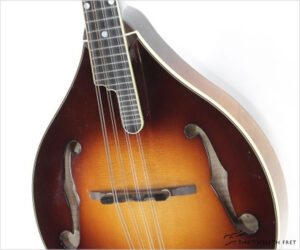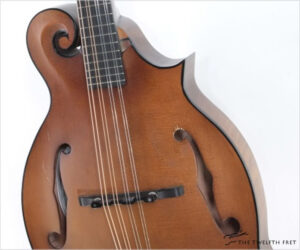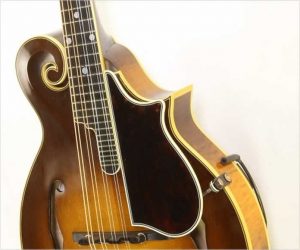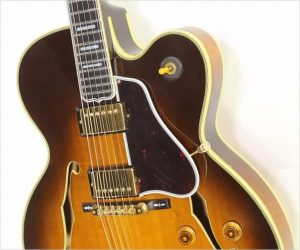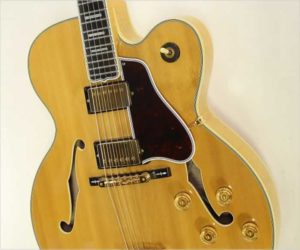This Gibson A-5 Master Model mandolin is modelled after the classic Fern and Master Models and sports the tapered ‘snakehead’ headstock and Cremona sunburst in nitrocellulose lacquer. A and F style mandolins were invented and patents applied for by Orville Gibson in the early days of the 20th century, the first production examples appearing in 1902.
This instrument has sold
MORE →